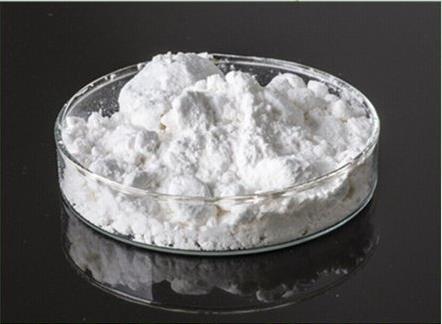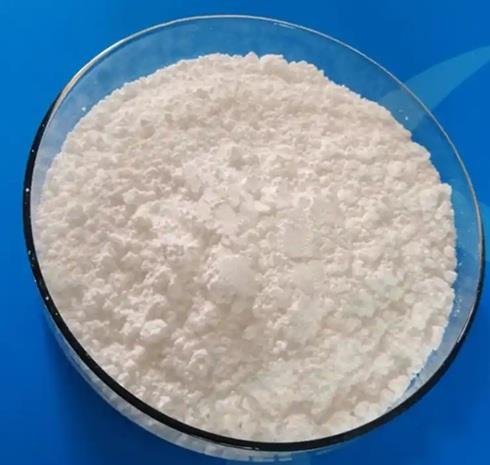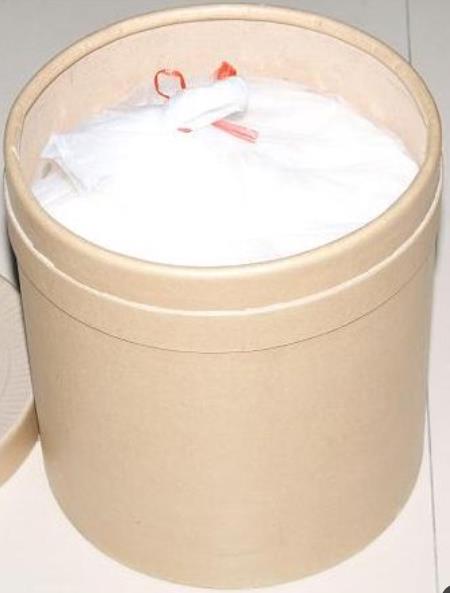Carboxylic acids and derivatives
More
Less
Carboxylic acids belong to a class of organic compounds in which a carbon (C) atom is bonded to an oxygen (O) atom by a double bond and to a hydroxyl group (−OH) by a single bond. A fourth bond links the carbon atom to a hydrocarbon group (R). The carboxyl (COOH) group is named after the carbonyl group (C=O) and hydroxyl group.
Pharmacokinetics of pramiracetam in normal volunteers and in animals
Oct 9,2025
Carboxylic acids and derivatives Synthesis and application research of 2-Methoxyethyl acrylate
Sep 1,2025
Carboxylic acids and derivatives Bis(2-ethylhexyl) adipate: application research and toxicity
Aug 22,2025
Carboxylic acids and derivatives Hexahydrophthalic anhydride: harmful effect and determination methods
Aug 18,2025
Carboxylic acids and derivatives Ethyl myristate:chemical-physical properties,synthesis and thermophysical properties research
Jul 22,2025
Carboxylic acids and derivatives 








